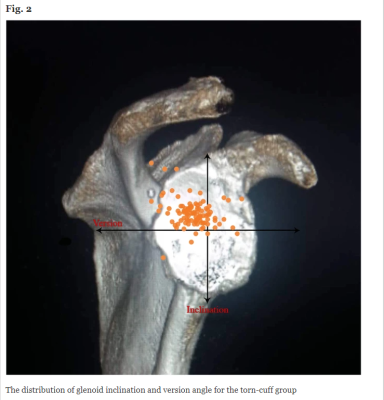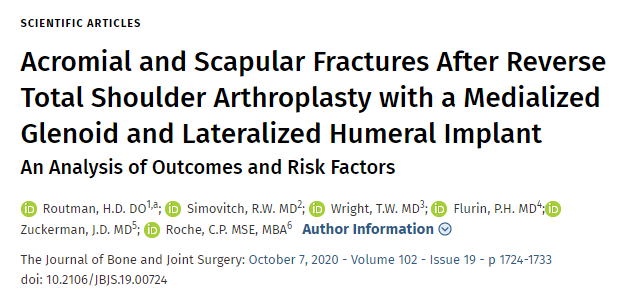Golf Swing Anatomy
GOLD SWING ANATOMY
In nearly all sports that involve swing an object – a bat, a racket, or a hockey stick – the object to be struck is moving.
In golf, the ball is always stationary and thus the need for one basic swing. Sounds simple, right?
1. ADDRESS
The Setup: Standing tall with upright posture, the body’s weight is evenly distributed between the heels and balls of the feet. The arms and hands, forming a “V” shape, are relaxed.
2. TAKE AWAY
The Backswing: Left arm and hand swing the club back on a slight inside path. Hands and arms move in sequence with the rotation of the upper torso until the left arm become parallel to the ground. The knees remain bent.
3. TOP
The Apex of the Swing: Left shoulder is tucked under the chin. The hips turn away from the target, achieving full balance. One a full swing, the shaft of the club is parallel with the grounds, with the head of the club pointing at the target.
4. IMPACT
The Point of Contact: The club returns square to the target and is now able to extent forward along the intended line of flight. With the hands slight in front of the ball, the shaft leans toward the target, creating a divot that starts after, not before, the clubface contacts the ball.
5. FINISH
The Follow Through: The impetus of the club through impact carries the club in a freewheeling motion. The arms extend over the left shoulder, with the elbows out in front of the body. Belly button points up and toward the target, with all weight on the left.
SWING PHYSICS
The double pendulum swing: one pendulum [club] tacked onto the end of another [arms]. A trebuchet catapult and the perfect golk swing share many physics properties.
SWING DURATION
1.5-2 seconds
AVERAGE SWING SPEED
Between 105-110mph
The force on inertia emitted on the club during a golf swing created enough force that a club swung at 100mph will effectively weigh 120lbs.
A THINKER’S GAME
A round of golf takes 4 hours to play. 3 minutes are spent hitting the ball. The other 237 minutes are spent thinking and rethinking, contemplating the swing.
3 MOST WIDELY USED GRIPS
10 finger
Overlap
Interlock
THE 9 BALL FLIGHT PATTERNS
Pull Hook
Pull
Slice
Draw
Straight
Fade
Push Hook
Push
Push Slice
PRESENTED BY:
LUMEN INTERACTIVE
http://lumeninteractive.com
graphics@umeninteractive.com In nearly all sports that involve swing an object- a bat, a racquet, or a hockey stick-the object to be GOLF SWING struck is moving. ANATOMY In golf, the ball is always stationary and thus the need for one basic swing. Sounds simple, right? FINISH SWING PHYSICS The double pendulum The Follow Through: The impetus of the club through impact carries the club in a freewheeling motion. The arms extend over the left shoulder, with the elbows out in front of the body. Belly button points up and toward the target, with all weight on the left. swing: one pendulum (club] tacked onto the end of another (arms). A trebuchet catapult and the perfect golf swing share many phys- ics properties. TOP The Apex of the Swing: Left 55 SWING DURATION shoulder is tucked under the 50 10 chin. The hips turn away from the target, achieving full balance. Ona full swing, 45 15 1.5 to 2 seconds 40 20 the shaft of the club is par- 35 25 30 allel with the ground, with the head of the club pointing at the target. AVERAGE SWING SPEED 80 60 100 TAKE AWAY 40 120 Between 105 and 110 mph The Backswing: Left arm and hand swing the club back on a slight inside path. Hands and arms move in sequence with the rotation of the upper torso until 20 140 The force of inertia emitted on the left arm becomes parallel to the ground. The knees remain bent. the club during a golf swing creates enough force that a club swung at 100 mph will effectively weigh 110 mph 120lbs. 120 Ibs. ADDRESS The Setup: Standing tall A THINKER’S GAME with upright posture, the body’s weight is evenly distributed between 3 minutes [ total time hitting the ball ] the heels and balls of the feet. The IMPACT 237 minutes [ swing planning ] arms and hands, forming a “V” shape, are relaxed. The Point of Contact: The club returns square to the target and is now able to extend forward along intended line of 4 hours / 240 minutes [ average round duration ] flight. With the hands slightly in front of the ball, the shaft leans toward the target, creating a divot that starts after, not before, the clubface contacts the ball. A round of golf takes 4 hours to play. 3 minutes are spent hitting the ball. The other 237 minutes are spent thinking & rethinking, contemplating the swing! 3 MOST WIDELY USED GRIPS THE 9 BALL FLIGHT PATTERNS: Straight 10 finger Overlap Interlock Draw Fade Pull Slice Push Hook Pull Push Pull Hook Push Slice PRESENTED BY: SOURCES: LUMEN INTERACTIVE http://focusgolfgroup.com/blog/ “Ben Hogan’s Five Lessons: the Modern Fundamentals of Golf http://pdf.pgalinks.com/p-g-a/FirstSwing/Golf_Skills.pdf http://www.golfdigest.com/golf-instruction/2011-04/sean-foley-make-me-better http://www.tutelman.com/golf/swing/golfSwingPhysics2.php#doublependulum http://www.livestrong.com/article/208471-what-is-the-average-golf-swing-speed/ http://lumeninteractive.com/ http://www.amazon.com/lve-Swing-Thoughts-Ball-Aint/dp/0307381145 http://perfectgolfswingreview.net/BallFlightjpg graphics@lumeninteractive.com http://7-iron.com/wp-content/uploads/2012/10/Capture4.jpgvisual.lyInfographicSports
Golf Swing Anatomy
shared by jackaroe on May 085,972views2faves2shares2commentsWe put this animated graphic together to show just how complex the golf swing is.
Publisher
Mashable
Designer
Lumen Interactive
Tagsanimated gifsgolfsports
Sourcehttp://lumen…s-forward/
CategorySportsDid you work on this visual? Claim credit!
Get a Quote
https://visual.ly/community/Infographics/sports/golf-swing-anatomy?fb_comment_id=567187603342223_101656163
©2020 Rock Content



 Dr. Michell Ruiz Suárez Experto en Ortopedia y Traumatología Artroscopia, Cirugía de Hombro y Codo, Cirugía de Rodilla y Lesiones Deportivas.
Dr. Michell Ruiz Suárez Experto en Ortopedia y Traumatología Artroscopia, Cirugía de Hombro y Codo, Cirugía de Rodilla y Lesiones Deportivas.






